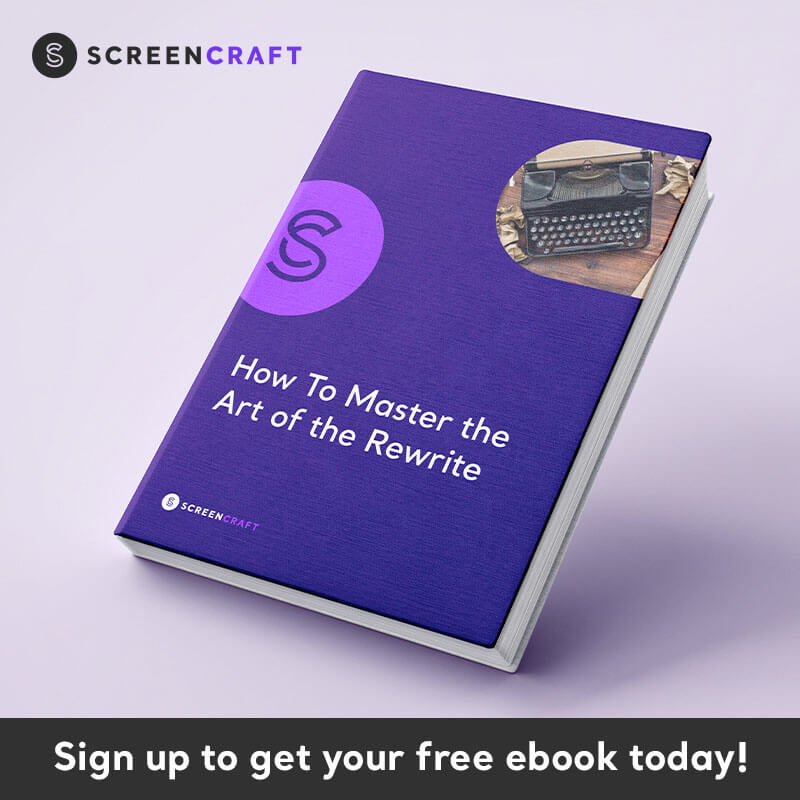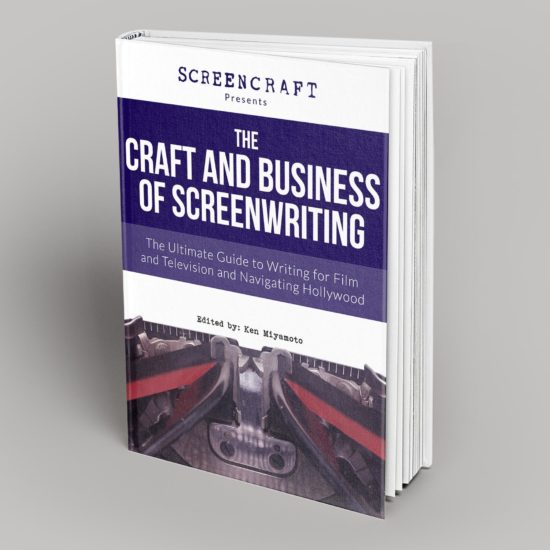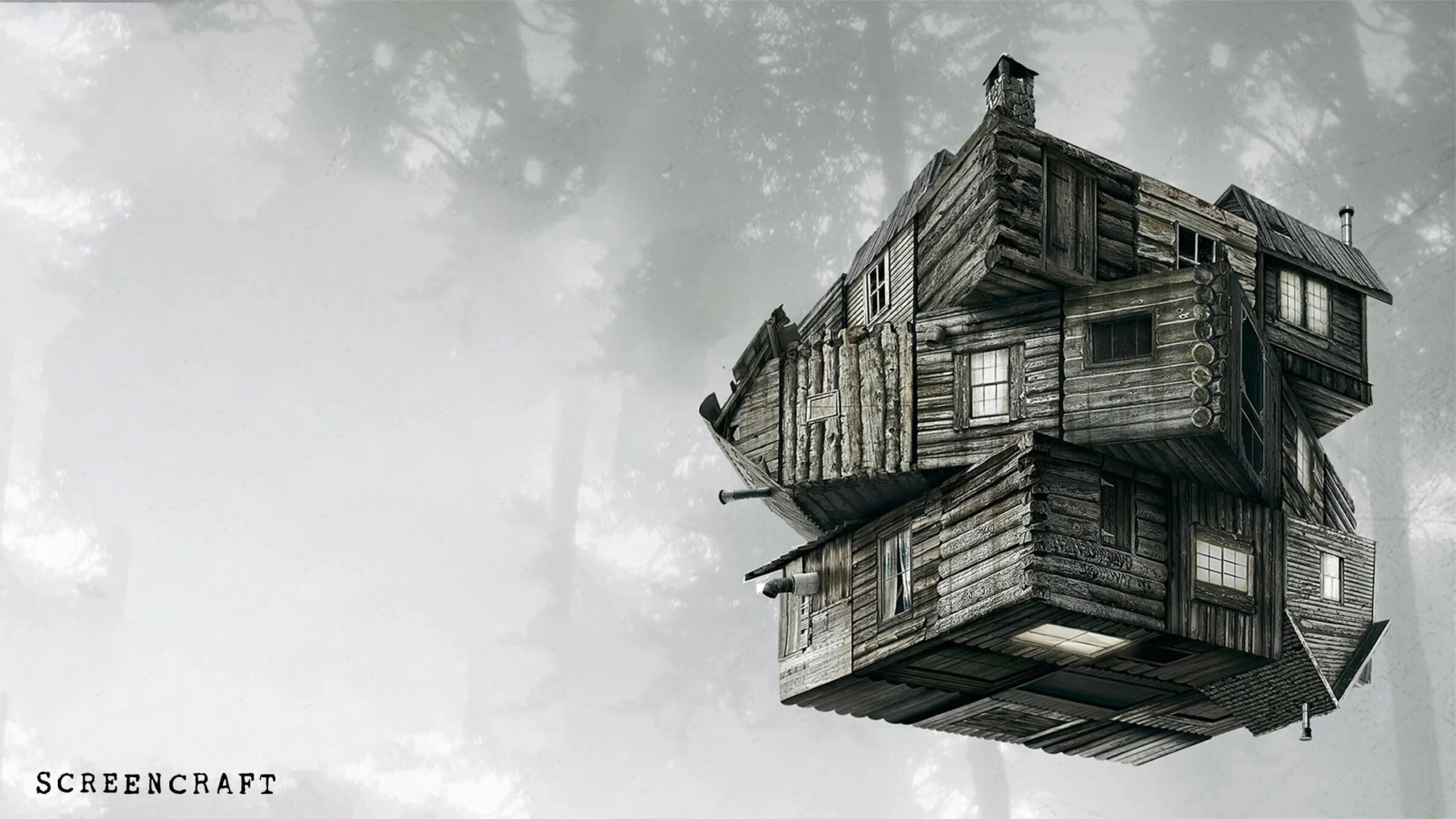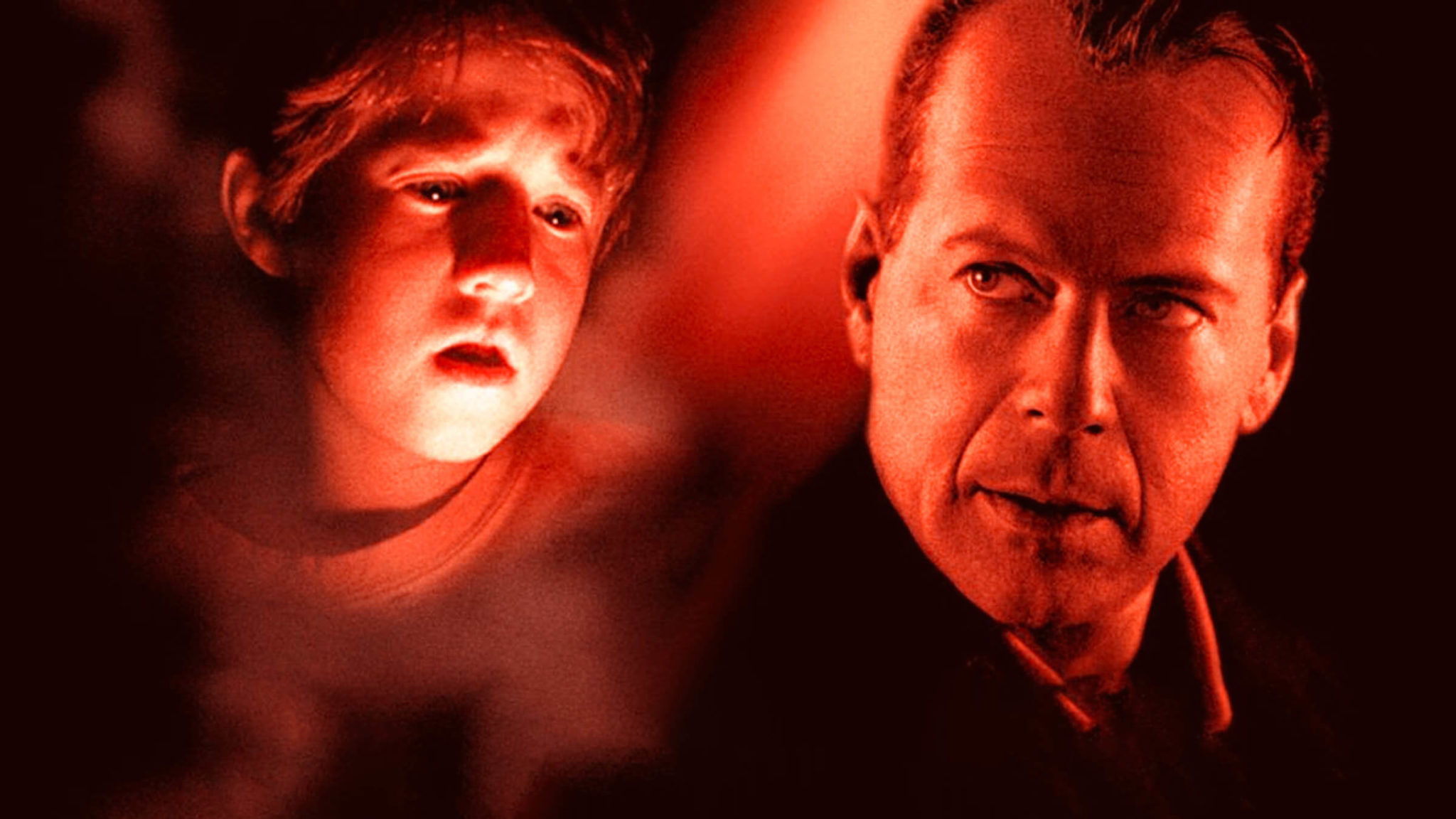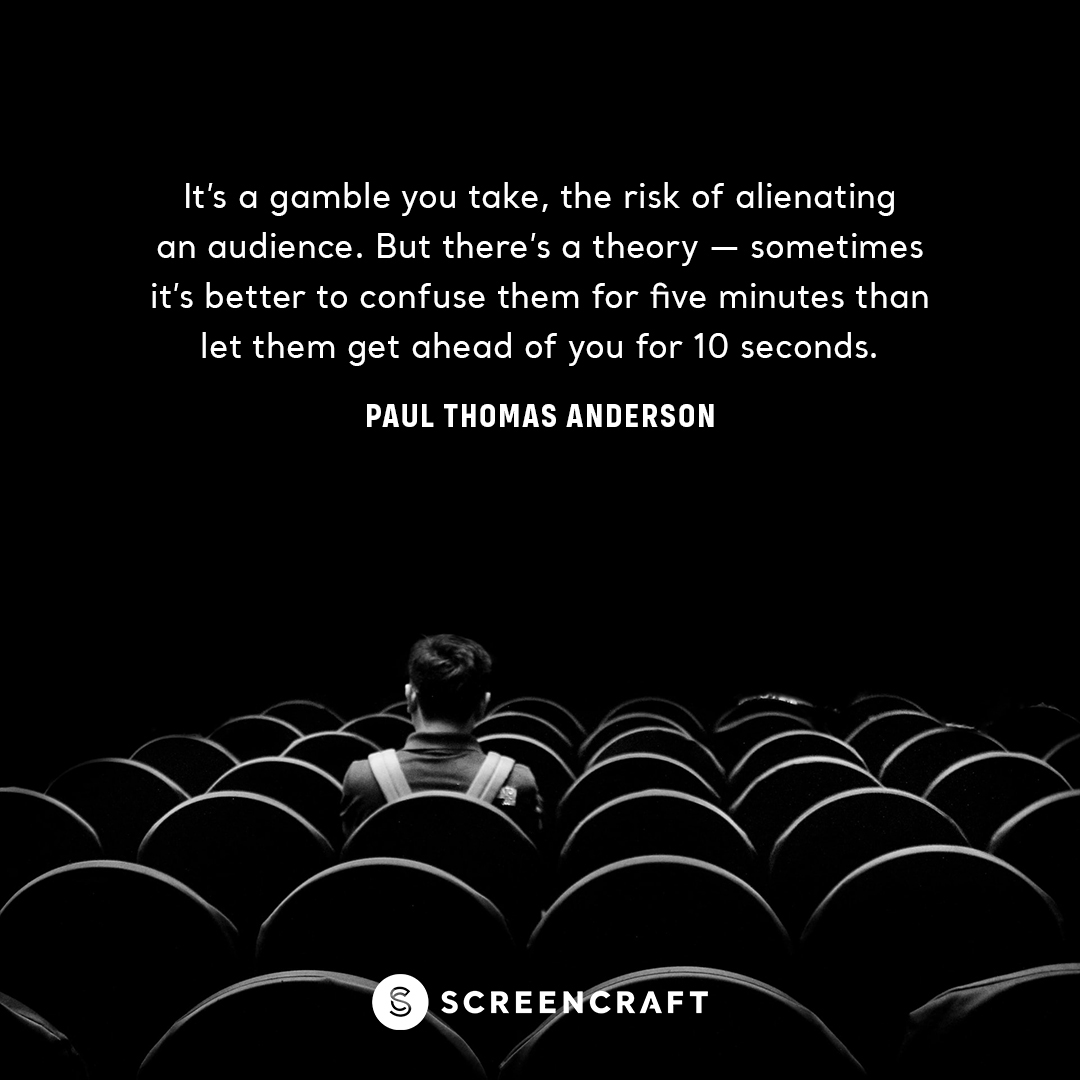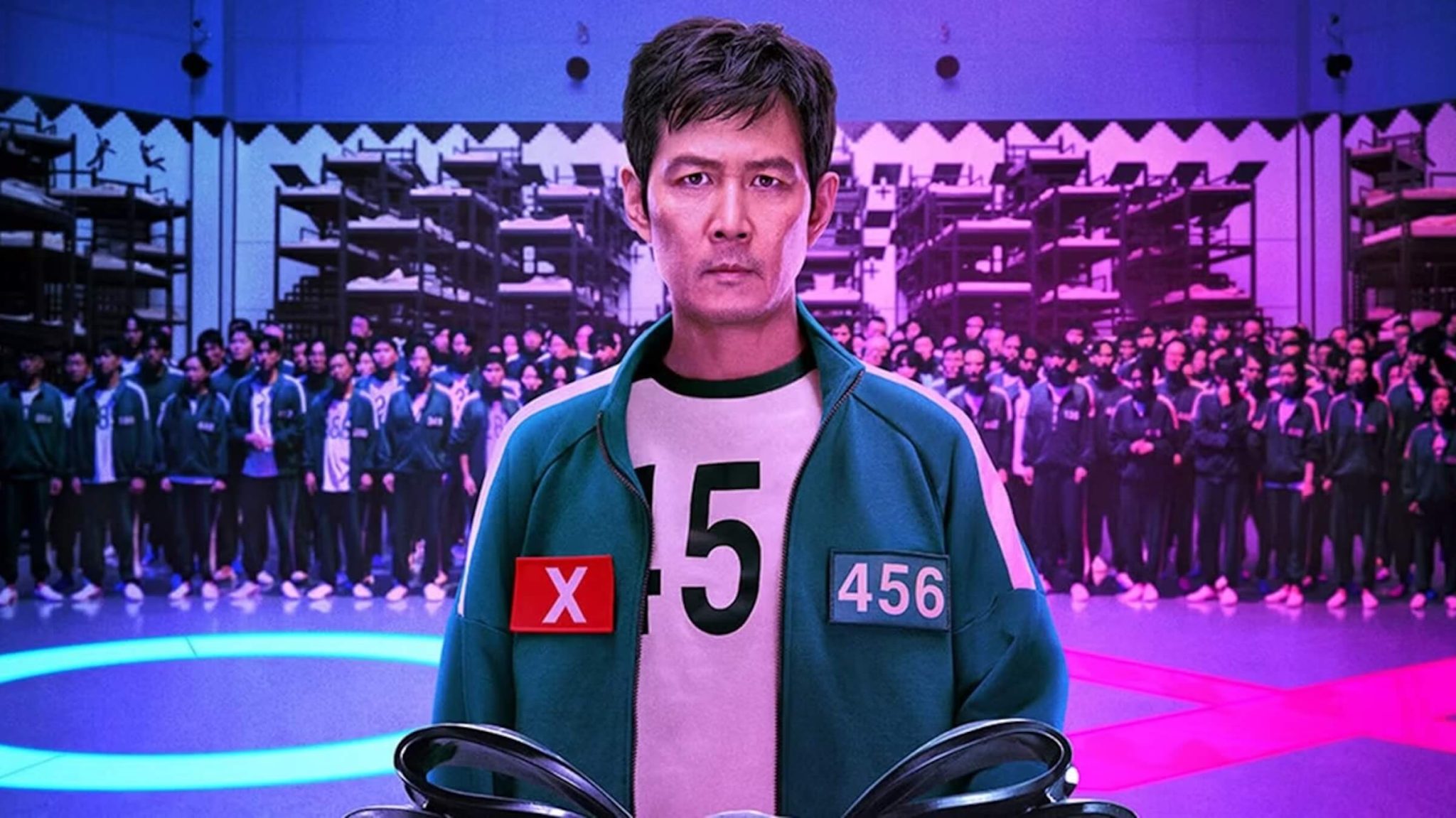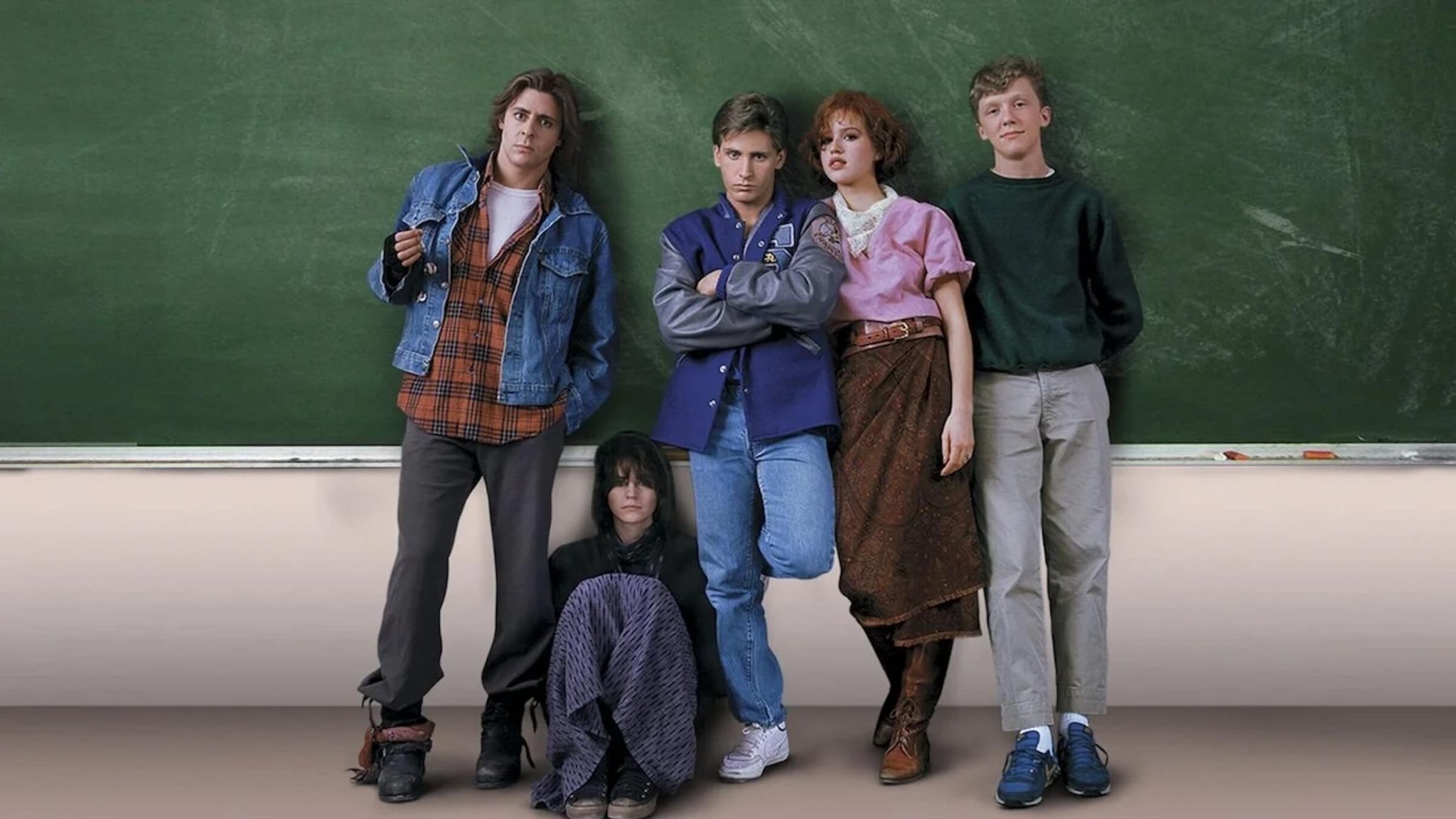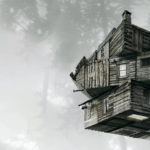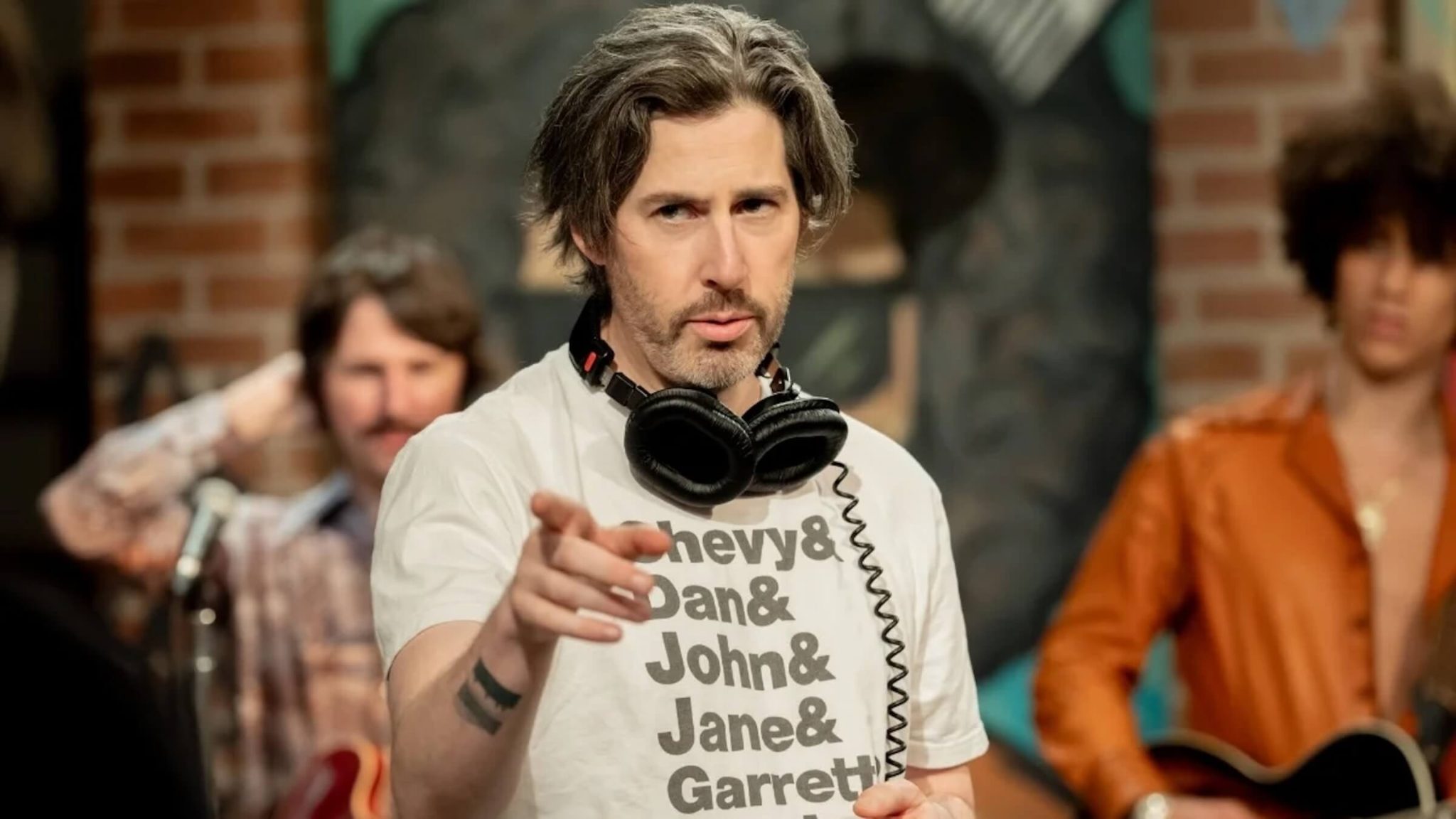Three Easy Ways to Write GOOD Exposition in Your Scripts

Do you know where your scripts stand when it comes to good or bad exposition?
Make no mistake, exposition is necessary within a screenplay — but there's a good way to do it, and a bad way to do it. And unfortunately, most screenplays fall under the latter category.
Defining Exposition
Believe or not, the problem with exposition in screenplays is that many writers don't really know what it is.
Exposition is comprised of those pieces of vital information — often shared in dialogue — that are necessary for the audience to know and understand in order for character arcs and plot points to make sense.
These nuggets of information usually exist outside of the direct narrative and therefore are difficult to properly insert into the story and plot in a seamless fashion without halting all story and character momentum.
But that doesn't mean exposition is bad. Exposition is an essential tool for storytelling.
So What Is Bad Exposition?
Film (and television) is a visual medium. The cinematic story is told through visuals and screenwriters are tasked to show rather than tell. It's when screenwriters use expositional dialogue as a crutch to save on time, pages, and effort that there's a problem. And sometimes they don't even know that they're doing it.
When characters are talking about pivotal events and information rather than the screenwriter showing the audience through the live narrative, that's often bad exposition.
When characters are learning pivotal information by reading aloud to themselves from papers or computer screens, that's often bad exposition.
When screenplays utilize a lot of incredibly detailed title cards (text that appears onscreen) to explain backstory and plot elements, that's often bad exposition.
When screenwriters use the crutch of TV and radio newscasts to share detailed information about plot elements, that's often bad exposition.
When screenwriters use dream sequences, flashbacks, and extended prologues to explain backstory and plot elements, that's often bad exposition.
Read ScreenCraft's A Simple Way to Make Dream Sequences and Flashbacks Work!
The problem with exposition — good or bad — is that it is utterly boring and lacking in drama. There's no action, no suspense, no plant, no payoff, and no compelling beginning, middle, or end. It's just an information dump that slows any narrative momentum down.
So how can you avoid writing bad exposition?
The first step is to be aware of exposition — what it is and why you need it. Half of the time you don't need it. If it's not partial to the story, plot, and character arcs, ditch it. But when you do need it, write it well.
Here are three ways you can do that.
1. Spread Exposition Thin, Not Thick — Trust and Respect the Audience
Exposition is better if spread out thin, as opposed to laying it on thick.
When you use monologues, extended scenes and sequences, and undramatic moments of characters reading information aloud (including background characters like newscasters), that's laying it on thick.
There are certainly ways to utilize those expositional tools well, usually by keeping the usage of them — and the accompanying information — brief. When it's brief, it's subtle and fits into the narrative better. It can be worked into the story and character arcs as turning points, reveals, plants, and payoffs.
Too many screenwriters lay the exposition on thick through on-the-nose dialogue because they fear that the audience won't pick up on more subtle information.
You have to trust the audience or script reader. You have to respect that they've been to movies and have watched series episodes before. They know when to pick up on certain information and they'll appreciate a little trust with you spreading it thin and weaving it into the narrative, as opposed to you forcing it on them with big information dumps.
2. Inject Exposition into Compelling, Engaging, and Surprising Moments and Reveals
As good as Inception was, it suffered from overextended scenes of exposition — with Ellen Page's character seemingly conceived as nothing more than a way for the characters to explain away the difficult science and rules of dream-sharing technology and dream espionage.
But the script made up for that by pairing necessary extended exposition dumps with big moments in the script.
This scene with Leo DiCaprio explaining dream espionage to Ellen Page was growing tired until the reveal that they were, in fact, in a dream.
The expositional sequence continues with them discussing the finer points of dream building. Again, normally this would be bad exposition — and it still is arguably borderline, mind you — but the script continues to distract us from the exposition by revealing compelling, engaging, and surprising moments.
Ellen Page's character could be seen as nothing more than an excuse to allow the audience to understand the idiosyncrasies of the plot and tech through her eyes. But thankfully, her character worked by weaving her and the exposition into eye-catching visuals and reveals.
3. Have Characters Argue About the Exposition
Conflict is everything. The problem with exposition is that it lacks conflict — it's just bland information.
So the easy fix is to create conflict by having two or more characters react differently to the shared or revealed information. If you can't conjure a better way to share exposition and find yourself in the trap of having to use characters to recite it in dialogue form or reading from papers or screens aloud, then the next best thing is having that information cause conflict between two or more characters.
Take a look at this scene from Aliens. While this was a sequel to the original Alien, the writer still needed to summarize the events of the first film in case audiences hadn't seen it or couldn't remember the details. Beyond that, the narrative needed more information to set up the atmosphere and setting that was to come with the mission Ripley was going to be asked to join.
Normally, this information dump would slow the story momentum to a halt, but the writer was wise enough to create conflict between the characters. The company executives are questioning her story (the information) and she is struggling to convey the danger at hand.
Those that saw the first film know what happened and don't necessarily need a rehash of the events. However, the narrative requires it and uses that exposition to create one of the central themes and conflicts of the overall film — greed versus logic, ignorance versus reality.
As written and produced, the expositional scene manages to create one of the best conflict scenes within the story. Those that saw the first film understand Ripley's utter frustration. Those few that hadn't seen the original understand that Ripley feels very strongly about what she saw and experienced. The company executives are on the opposite end of the spectrum. They come off as suspicious of her account. That's great conflict.
You CAN write good exposition. You just have to do it right.
The first step is to know what exposition is and be aware of it. After that, you can write good exposition by spreading it thin throughout your whole script, as opposed to laying it on thick in big chunks of information dumps. You can also sneak exposition into compelling, engaging, and surprising moments and reveals, distracting the audience in cinematic ways. And finally, when you do find yourself caught in that bad exposition trap, you can write your way out of it by injecting some conflict through the guise of characters arguing about the information at hand.
Exposition is important in screenplays. You can't escape it. But you need to write it well and not use it as a crutch. When in doubt, show, don't tell. And if you have to tell, tell it well.
Ken Miyamoto has worked in the film industry for nearly two decades, most notably as a studio liaison for Sony Studios and then as a script reader and story analyst for Sony Pictures.
He has many studio meetings under his belt as a produced screenwriter, meeting with the likes of Sony, Dreamworks, Universal, Disney, Warner Brothers, as well as many production and management companies. He has had a previous development deal with Lionsgate, as well as multiple writing assignments, including the produced miniseries Blackout, starring Anne Heche, Sean Patrick Flanery, Billy Zane, James Brolin, Haylie Duff, Brian Bloom, Eric La Salle, and Bruce Boxleitner. Follow Ken on Twitter @KenMovies
For all the latest ScreenCraft news and updates, follow us on Twitter, Facebook, and Instagram.
Tags
Get Our Screenwriting Newsletter!
Get weekly writing inspiration delivered to your inbox - including industry news, popular articles, and more!

